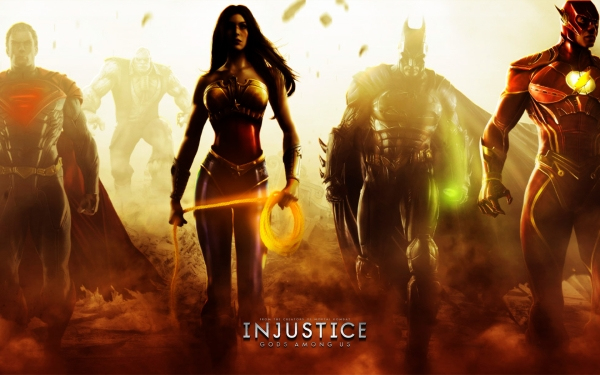Just wanted to let you guys know that the next few weeks will probably see The Inner Dorkdom releasing a good bit of content...
I'll be getting the PS4 this Friday, along with Assassin's Creed IV, Battlefield 4, and Madden 25 (BF4 and Madden, thanks to a great promo deal through Amazon). So along with these 3 games (though there probably won't be a full-blown Madden review), there will be a review of the console itself, just like there was for the Wii U.
Next Friday, I'll be getting my Xbox One with Killer Instinct and the MadCatz KI Fightstick. I'll be doing a review of all three.
Get ready. There's gonna be a lotta readin' soon!
-Josh
I'll be getting the PS4 this Friday, along with Assassin's Creed IV, Battlefield 4, and Madden 25 (BF4 and Madden, thanks to a great promo deal through Amazon). So along with these 3 games (though there probably won't be a full-blown Madden review), there will be a review of the console itself, just like there was for the Wii U.
Next Friday, I'll be getting my Xbox One with Killer Instinct and the MadCatz KI Fightstick. I'll be doing a review of all three.
Get ready. There's gonna be a lotta readin' soon!
-Josh























